Polyolefins – High-Performance-Plastics 03-03-2022 - Arhive
Polyolefins – High-Performance-Plastics
-Braskem Grows Circular Polymer Portfolio with Food-Grade PCR PP
Post-consumer recycled (PCR) content polypropylene grades can be used in high-temperature food packaging applications.
The circular polymer portfolio of Braskem S.A., the largest polyolefins producer in the Americas as well as large-scale biopolymers producer, is expanding to include two new polypropylene (PP) grades with post-consumer recycled (PCR) content. These PP grades can be used in a wide range of FDA food contact applications consumer packaging, caps and closures, housewares, and a wide range of thermoforming applications. Polyolefins – High-Performance-Plastics
“Today’s announcement is another milestone in Braskem’s journey to a carbon neutral circular economy and reinforces our commitment to polypropylene as the PP leader in North America,” states Geoffrey Inch, Braskem North America sustainability director. “Not only will Braskem’s new PCR polypropylene grades help our clients meet commitments for recycled content in FDA food-contact markets where PCR solutions are limited today, these developments will also keep us on track to reach our goals of providing 300,000 tons of thermoplastic resins and chemicals with recycled content by 2025 and one million tons of thermoplastic resins and chemicals with recycled content by 2030.”
Braskem PCR polypropylene for thermoforming.
Braskem’s thermoforming grade contains 25% post-consumer recycled content and meets the requirements for certain FDA food contact applications, including high temperature packaging. Polyolefins – High-Performance-Plastics
This grade is best suited for thermoforming applications which can be utilized for a variety of applications including food retail and food service trays, coffee lids and several other packaging products.

-Paccor to include RHDPE content in UK dairy caps with a minimum 30%
In the UK, about 79% of the HDPE (High-Density Polyethylene) bottles collected are recycled, of which a high percentage are milk bottles. On average, about 15% of HDPE milk bottles in the UK contain up to 30% recycled rHDPE material. Technical advances in the manufacture of these containers have also led to the use of less material, resulting in a lower weight for the same bottle size.
“The rHDPE produced in the UK is under pressure due to availability and demand,” underlines Andreas Schuette, CEO of PACCOR. “All UK bottle manufacturers are aiming for a minimum share of 30% rHDPE content to avoid plastic tax. However, thanks to our long-term partnership with the supplier, PACCOR has now managed to ensure sufficient material availability and increase the content of the caps up to 40%,” he says. Polyolefins – High-Performance-Plastics
The PACCOR procurement team sourced rHDPE material and the site now produces approximately 45 million caps per week. The engineering and technical team tested various extrusion nozzle diameters and cutter holder profiles until a solution was found and trials with up to 40% inclusion rate were successful. Increased machine setup accuracy ensured consistent forming of the cap, with no compromises to customers’ filling process. Polyolefins – High-Performance-Plastics
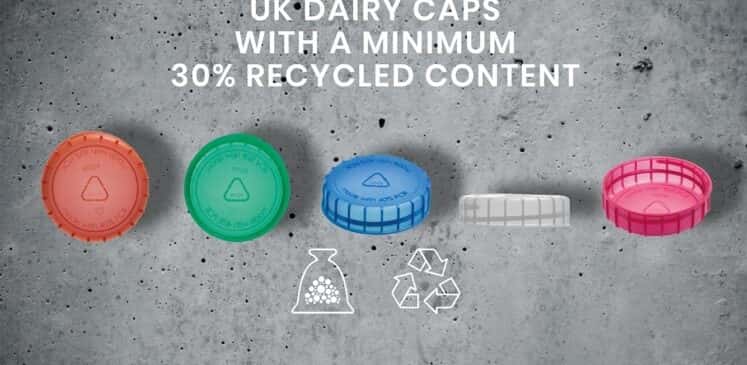
Increases the site capacity by 15% from 500,000 tons to 575,000 tons per annum
Reduces CO2 emissions by 15% per tonne
Demonstrates INEOS Aromatics’ commitment to the growth of the Indonesian polyester industry Polyolefins – High-Performance-Plastics
INEOS Aromatics has completed a $70 million modernisation of its purified terephthalic acid (PTA) plant in Merak, Indonesia, that significantly reduces emissions and increases capacity, supporting the competitiveness and growth of the Indonesian polyester industry.
The installation of a larger oxidation reactor, reconfiguration of the reactor’s heat recovery system and revamp of the process air compressor train will both reduce CO2 emissions per ton by 15% and increase the site capacity by 15%, from 500,000 tonnes to 575,000 tonnes per annum.
PTA is used by the polyester industry to produce items for homes and businesses such as clothes, furniture, food & drink packaging and other industrial uses.
The investment will also improve the reliability and competitiveness of the plant, increasing the availability of PTA for the Indonesian market and the use of local content in fabric produced in the country.
“The INEOS Aromatics facility in Merak has played an important role in the Indonesia polyester industry for some time. This new, multi-million dollar investment shows our commitment to its future growth,” says Frank Yang, President Director, INEOS Aromatics Indonesia. Polyolefins – High-Performance-Plastics
“It also continues INEOS Aromatics’ tradition of deploying technology that helps lead the polyester industry to a more sustainable future,” he adds. “It supports INEOS’ commitment to producing essential products while reducing emissions to net zero by 2050.”
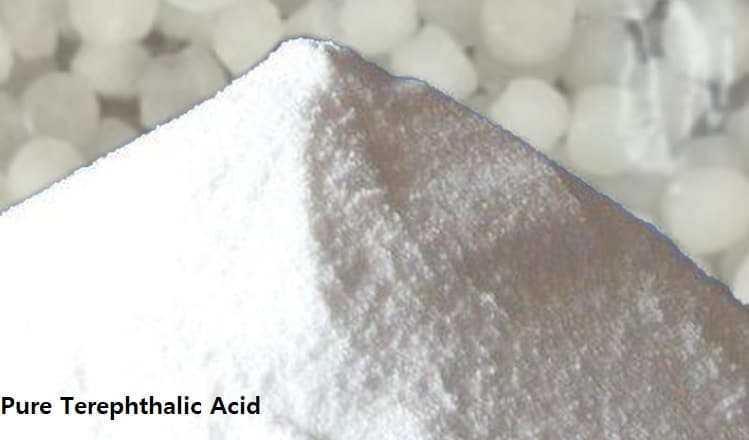
-Biesterfeld Plastic: distribution of new DuPont™ Delrin® Renewable Attributed grades
The base polymer of Delrin® Renewable Attributed is produced from 100% bio-feedstock from waste, according to ISCC Plus mass balance certification
DuPont is launching five new grades in its sustainable product family Delrin® Renewable Attributed. Polyolefins – High-Performance-Plastics
These products can be used in medical and food contact applications. Long-standing distribution partner Biesterfeld Plastic will distribute the POM homopolymers in large areas of the EMEA region as well as in Brazil.
The new grades include Delrin® RASC655 and Delrin® RASC698, both designed specifically for medical requirements and which form part of the Special Control group at DuPont. All products with this designation undergo extensive testing, offer a high degree of production control and satisfy the medical sector’s standard regulatory requirements, for example USP Class VI and ISO 10993. Both grades offer outstanding mechanical properties and an exceptionally low friction coefficient. This makes them ideal for demanding medical applications such as wearables, inhalers, pumps and other products. Polyolefins – High-Performance-Plastics
DuPont is also introducing three new grades suitable for food contact in line with EU Directive 10/2011 – Delrin® RAFG511DP, Delrin® RAFG500P and Delrin® RAFG100. All three products have a long lifetime and high fatigue resistance across a broad temperature spectrum, especially at low temperatures. This makes these new materials especially suitable for food packaging and potable water applications.
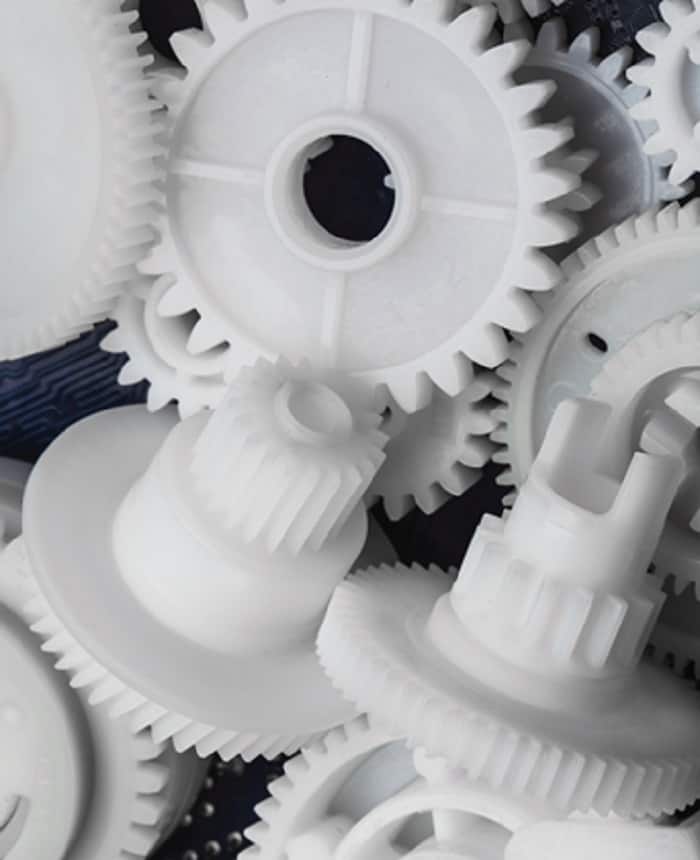
-Polymers : Producers Slow-Walk Sales in Anticipation of More Price Hikes Ahead
PE commodity grades moved up another penny and PP added two cents in the spot market last week. A harbinger?
In the final week of February, buyers were again the aggressors, trying to rebuild inventories at favorable pricing. Sellers with surplus resin, on the other hand, were slow to dole it out, as it seemed that prices were heading higher, reports the PlasticsExchange in its Market Update. Polyolefins – High-Performance-Plastics
The flow of fresh off-grade railcars lightened during the week, bringing mostly homo-polymer polypropylene (PP) and high-density polyethylene (PE) for pipe and injection. Several other major commodity grades, including high-flow co-polymer PP, low-density PE, and linear-low-density PE film grades remained fairly scarce.
Completed volumes at the PlasticsExchange trading desk were well above the results seen during the fourth quarter of 2021, but still fell short of the hyper-active trade a year ago following the Texas freeze, which brought production in that region to a halt and sent buyers to the spot market for material. Benchmark prices for Prime PE and PP at the Chicago-based resin clearinghouse were steady to mostly higher, with penny gains for most PE grades and a 2-cent jump for PP. Buyers staved off PE producers’ second monthly attempt to raise contract prices by an average of $0.04/lb, so there will be a third attempt in March. PP contracts increased $0.06/lb in February, aligned with a similar rise in PGP monomer costs.
Russian aggression further strains resin supply chain
There was a lot of market chatter, as participants considered rapidly rising energy and feedstock costs and what it could mean for resins, especially as conflict commenced between Russia and Ukraine, writes the PlasticsExchange. This added geopolitical issue is putting further strain on an already delicate supply chain and logistics constraints that have hampered US resin exports significantly. Warehouses in Houston remain full because of port congestion, limited ship space, and high demand for shipping containers.
More of the same is forecast for much of 2022, along with elevated ocean shipping costs and high freight rates. Polyolefins – High-Performance-Plastics
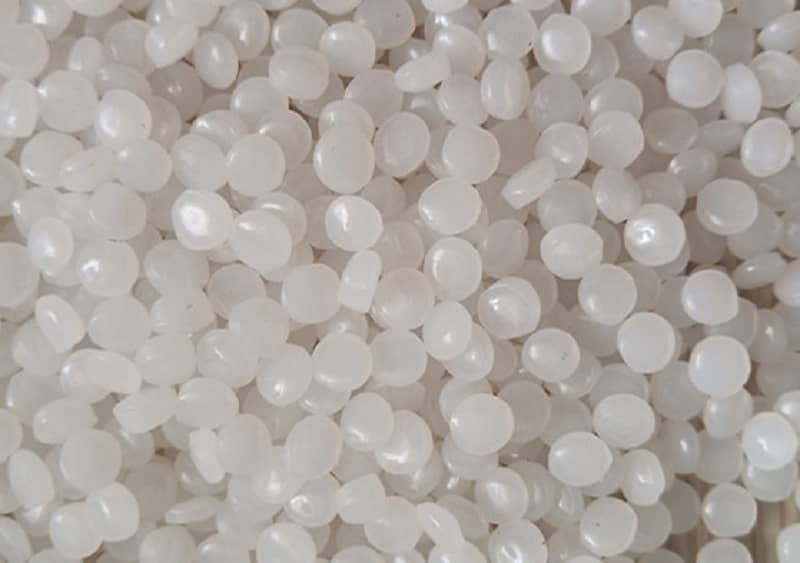
-Evonik to Raise Prices of High-Performance Plastics
Essen/Marl. Evonik’s High Performance Polymers Business Line announces a price increase for its VESTAMID®, VESTOSINT®, VESTAMELT®, VESTODUR®, and TROGAMID® product lines effective April 1, 2022. Product prices will increase by an average of 13 to 25 percent depending on type and region. Customers will be informed of the specific price increases by their account managers.
The last months’ increases in energy, raw material and transportation prices have forced Evonik to take this decision because they reached a level that cannot be compensated by improved efficiency of processes. Polyolefins – High-Performance-Plastics
Company information
Evonik is one of the world leaders in specialty chemicals. The company is active in more than 100 countries around the world and generated sales of €12.2 billion and an operating profit (adjusted EBITDA) of €1.91 billion in 2020. Evonik goes far beyond chemistry to create innovative, profitable and sustainable solutions for customers. About 33,000 employees work together for a common purpose: We want to improve life today and tomorrow. Polyolefins – High-Performance-Plastics
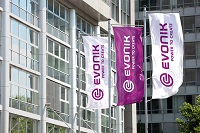
Polyolefins – High-Performance-Plastics
